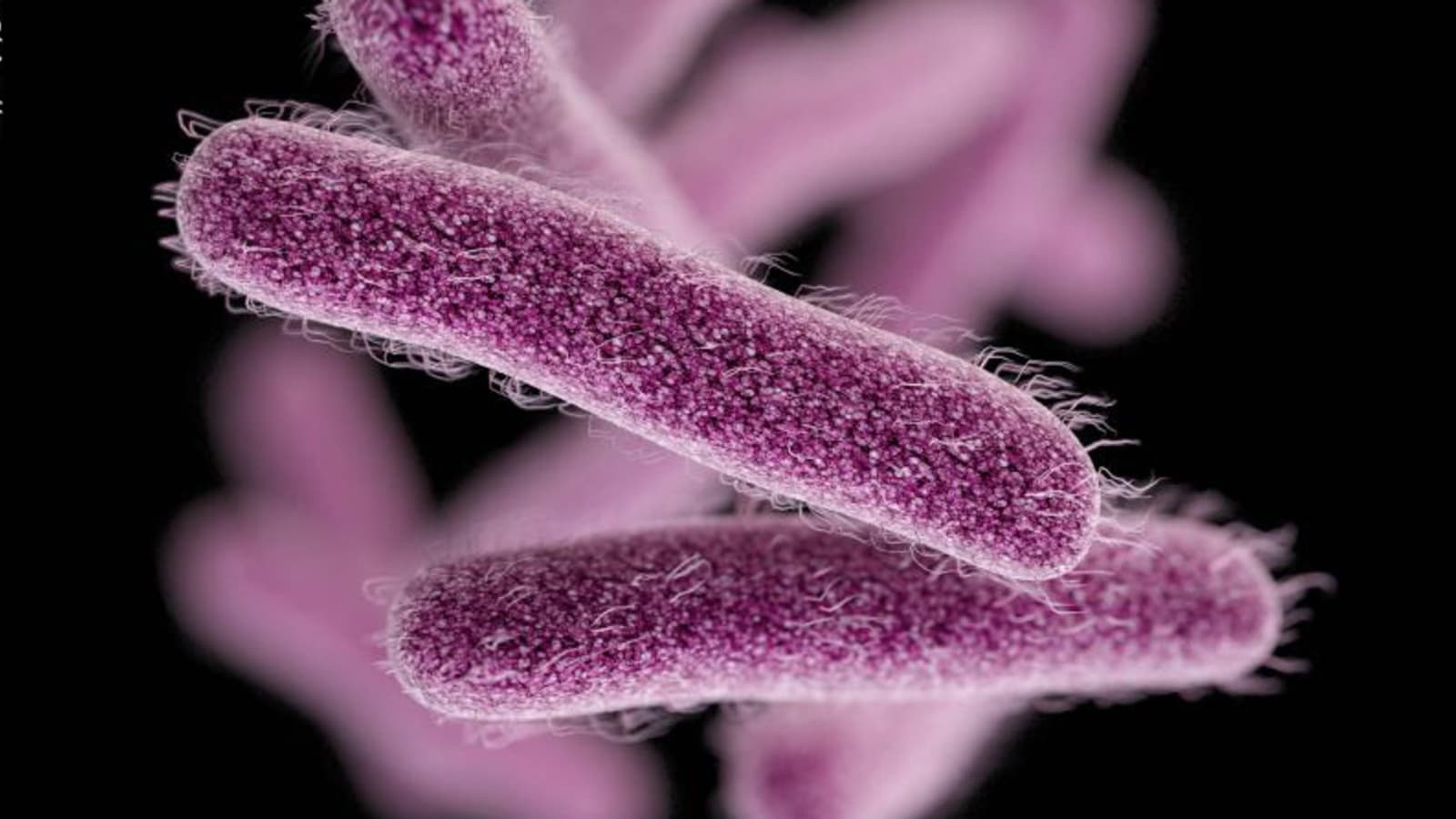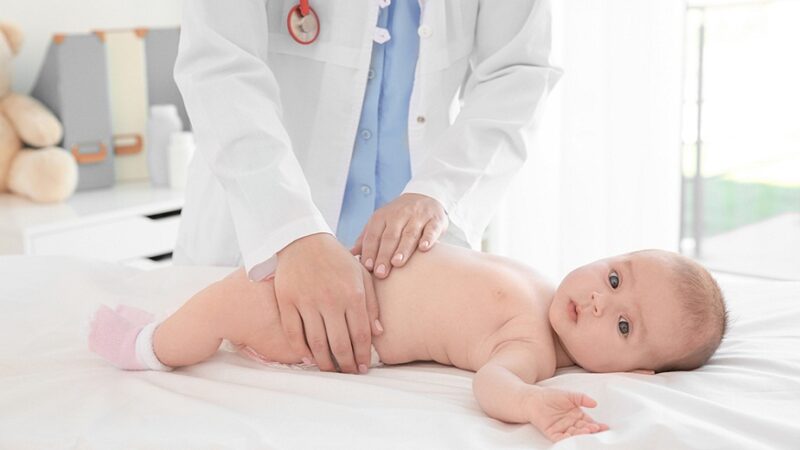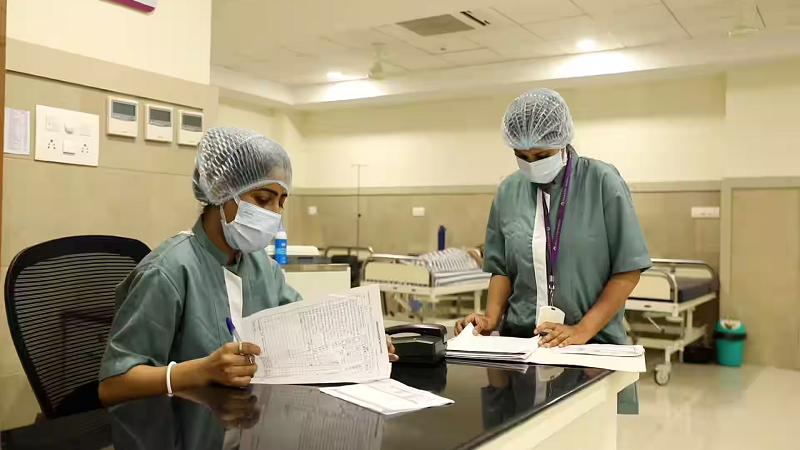What is shigellosis and its causes?

Shigella infection or Shigellosis is the gastroenteritis with the highest risk of contagion, and its main symptom is diarrhea, which can be severe. Correct hygiene measures help prevent it and recover.
Shigella is a bacterial genus that can infect the digestive tract causing diarrhea in humans. It was discovered in 1897 by the Japanese scientist Kiyoshi Sigha, to whom it owes its name. It is a gram-negative bacillus that can adapt to grow and metabolize both in the presence and in the absence of oxygen. It is immobile, does not form spores, and cannot ferment lactose.
The genus Shigella includes four species: S. dysenteriae, S. Flexner, S. boydii, and S. sonnei, the latter being the leading cause of Shigellosis in developed countries.
The Shigella causes bacterial diarrhea known as dysentery (dysentery is an infectious disease characterized by inflammation of the intestine, which causes severe diarrhea present in the feces of mucus, blood, or pus). Shigellosis is gastroenteritis with the highest risk of contagion since a bacterial inoculum of only 10-100 viable bacteria can cause disease in healthy adults.
When a person becomes infected, the bacteria adhere to intestinal cells, invade them and destroy them, thus producing bloody diarrhea. S. dysenteriae produces an exotoxin, called Shiga toxin, with toxic activity at different levels in the body. The other Shigella species can produce less Shiga toxin or other similar toxins.
Shigellosis epidemiology
Shigellosis is an infection of universal distribution, although it is more common in developing countries where poor sanitation, overcrowding, or contamination of water and food, promote disease. The Shigella infection is more common during hot weather or rain.
In developed countries, most cases are caused by S. sonnei, while in underdeveloped areas, the most prevalent species are S. dysenteriae and S. flexneri.
Shigella mainly affects children under ten years of age (it is rare in those under six months), although it can affect people of any age. Malnutrition is a significant risk factor in the frequency and severity of infection.
Man is the only reservoir for Shigella. Most cases occur by person-to-person transmission through the fecal-oral route. Outbreaks can also occur if food or water is contaminated with feces from sick patients.
Symptoms and diagnosis of Shigellosis
The incubation period for Shigellosis, the time between exposure to the Shigella bacteria and the onset of symptoms, ranges from one to seven days.
The most common symptoms of Shigella infection are:
- Diarrhea: This is the main symptom in Shigellosis, ranging from mild diarrhea to severe dysentery. Dysentery is an infectious disease characterized by inflammation of the intestine, especially the colon, which causes severe diarrhea with mucus, blood, or pus in the stool.
- Crampy abdominal pain.
- Fever (body temperature over 38ºC).
- Nausea and vomiting
The disease is generally self-limited in a week, with the progressive disappearance of symptoms until their full resolution.
The most frequent complication of Shigellosis is severe dehydration due to an excessive loss of fluids and electrolytes accompanied by an incorrect replacement of these. It is more frequent in young children and the elderly, in whom hospitalization is usually necessary to maintain greater vigilance and to carry out better control of treatment.
Although rare, Shigella infection can cause extraintestinal complications. Seizures secondary to fever can also occur in children (especially those under two years of age). Other less frequent symptoms are arthritis or ocular involvement.
Diagnosis of Shigellosis
The anamnesis (clinical interview carried out by the doctor about the patient’s symptoms) and signs compatible with a Shigella infection are requirements for a first diagnostic approach to the disease. The physical examination is usually not very useful since it is highly variable from one patient to another, and there are traditionally no characteristic signs that suggest Shigellosis.
On microscopic examination of the stool, abundant red blood cells and white blood cells can be seen. The definitive diagnosis of Shigella infection is performed by coprocultivo (stool culture), offering better results in the early days of the disease and subsequent biochemical and antigenic identification of the microorganism.
Shigellosis treatment
As in all pathologies that occur with diarrhea, in the treatment of Shigellosis, hydration is essential during the acute phase of the disease, being necessary to replace fluids and electrolytes to compensate for the losses suffered. Oral hydration is always preferable (for this, different oral serums or drinks with salts are available on the market, which allows a correct replacement of liquids and ions). Still, in cases where there is numerous vomiting or an excellent affectation General condition, rehydration will be done intravenously.
About food, once less than 3-4 bowel movements are made a day, a solid diet should be gradually introduced in small amounts to verify that there is a good tolerance.
Astringent foods such as rice, potatoes, toast, cooked or grilled poultry, cooked fish, or some soups should be consumed. Other types of foods such as milk or its derivatives should be avoided (although natural yogurt and fresh cheeses can be tolerated, as improvement occurs), sweets, fruits, and some raw vegetables, some nuts, or refreshing drinks. Likewise, we must avoid consuming foods containing many fats or other products such as spices or hot spices.
Medication to slow the effects of Shigellosis
Antibiotic therapy is effective because it shortens the fecal excretion of microorganisms and the duration of symptoms. However, some Shigella strains can develop resistance to the most commonly used antimicrobials.
The choice of one or another antibiotic will depend on the patient’s age and the resistance index of the area where the disease occurs. The therapy of choice in areas with a low resistance index is cotrimoxazole, although other drugs such as quinolones or azithromycin can be used.
Without antibiotics, the infection resolves in four to eight days most of the time, although symptoms can last for several weeks in the most severe cases.
The prognosis is very good for most patients, although, in young children, the elderly, and malnourished patients or patients with inadequate immune systems, there may be a more significant number of complications.






